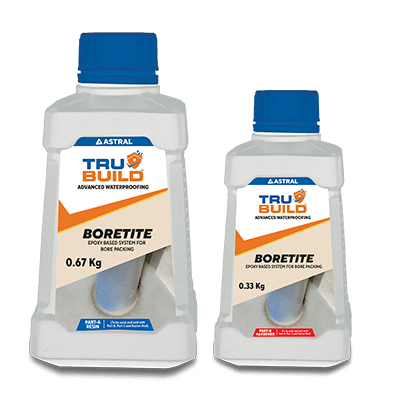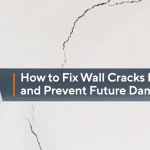The Difference Between Waterproofing and Damp Proofing: What You Need to Know
Oct 4, 2024
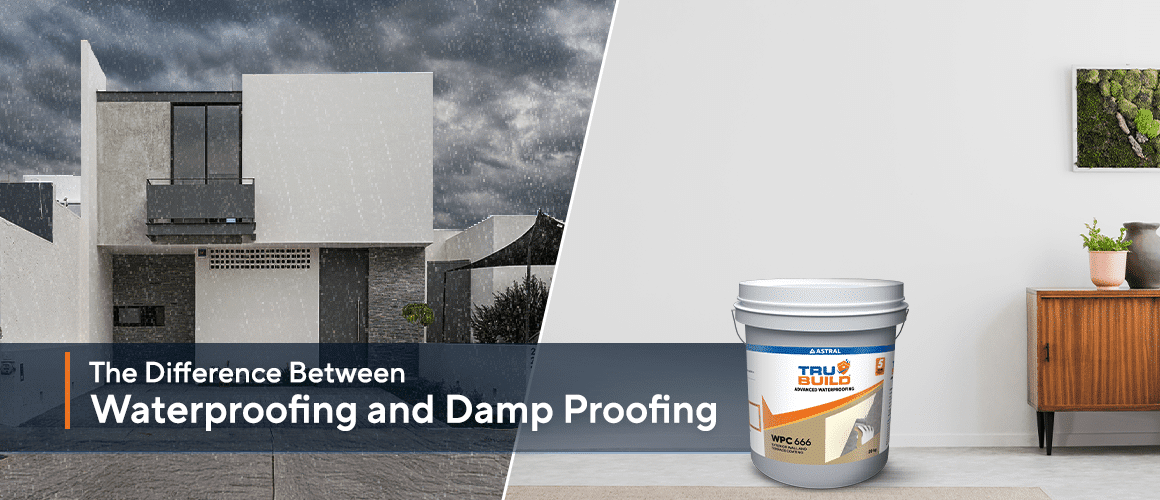
Waterproofing Vs. Damp Proofing: All That You Need to Know
Water damage can range from window condensation to leaks from heavy rain, each posing unique challenges. Understanding different types of water damages is essential for preventing costly repairs, preserving structural integrity, and avoiding health risks like mould. Effective protection often involves choosing between waterproofing and damp proofing, as each solution targets specific issues to ensure comprehensive defence against water damage.
This blog will explore the differences between waterproofing and damp proofing, and guide you in selecting the best approach for your needs.
Understanding Damp Proofing Solutions
Damp proofing is a basic protective measure to prevent moisture, particularly in areas where dampness may arise from the ground. It is typically used on walls, floors, and foundations to prevent minor moisture issues like damp spots, mildew, and musty odours. However, it’s important to note that damp proofing is not designed to handle water under pressure.
While effective for controlling minor dampness, it is not suitable for scenarios involving heavy water infiltration or standing water, as it doesn’t provide a comprehensive waterproof seal.
Understanding Waterproofing Solutions
Waterproofing is designed to offer a comprehensive defence against water intrusion, especially in scenarios where structures are exposed to heavy water pressure or prolonged moisture. Waterproofing solutions are formulated to prevent water from penetrating even under harsh conditions, such as heavy rainfall, flooding, or situations where parts of the structure might be submerged.
Key Differences between Waterproofing and Damp Proofing:
- Degree of Water Resistance: The primary distinction between waterproofing and damp proofing lies in how they handle different levels of water exposure. Waterproofing solutions create a strong, impermeable barrier that blocks water, even under high pressure from heavy rainfall or submersion. In contrast, damp proofing merely slows moisture absorption, which provides limited resistance for areas with minimal or occasional moisture.
- Application Areas: Damp proofing is often used for walls and floors where minor moisture prevention is required, such as ground floors and external walls. Waterproofing, however, is essential for areas where water exposure is likely, including roofs, terraces, basements, and wall waterproofing for exterior surfaces.
- Durability and Performance: Waterproofing types are generally more durable and perform better under harsh conditions. Waterproof coatings, for instance, can last for years without requiring much maintenance, whereas damp proofing might need reapplication more frequently, especially if exposed to heavy rain or constant moisture.
Choosing the Right Waterproofing and Damp proofing Solutions
If you need to control basic damp issues, damp proofing may be sufficient. However, for areas exposed to significant water exposure, like terraces or external walls, waterproofing solutions are the better choice.
For those seeking reliable protection for exterior walls and terraces, Trubuild WPC 666 is an ideal solution. This single-component, elastomeric, acrylic-based exterior protective coating ensures that your walls remain shielded from water and moisture. Designed to form a waterproof barrier, Trubuild WPC 666 offers up to 250% elongation, ensuring flexibility and durability.
Choose the right water protection to maintain your home’s integrity and prevent costly damage.






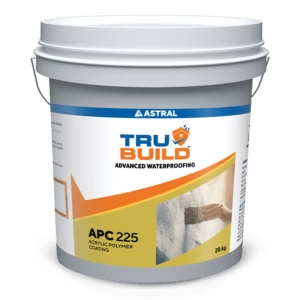

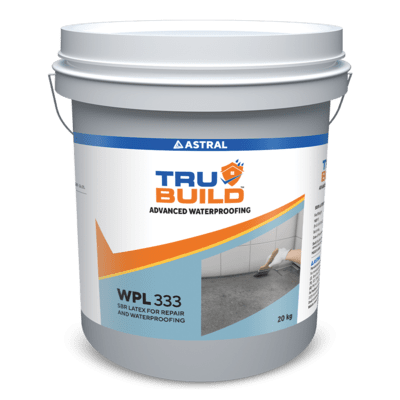
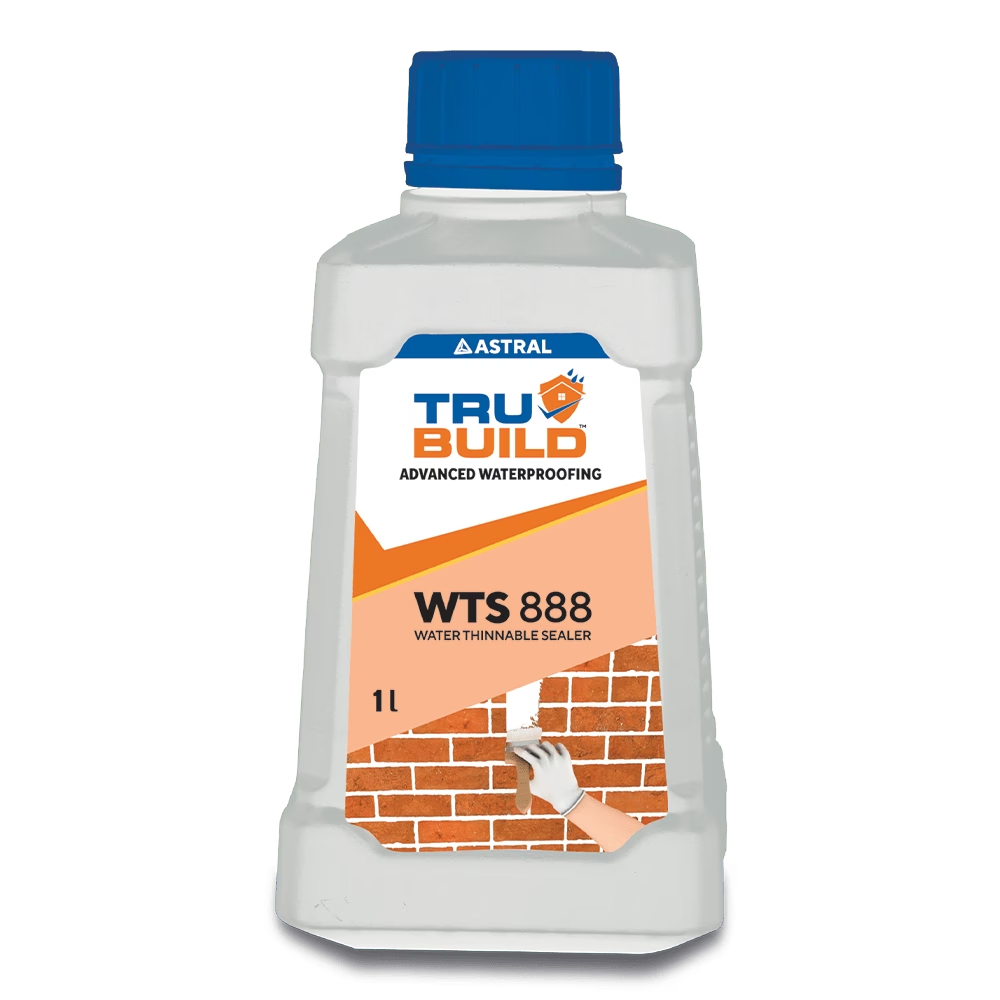



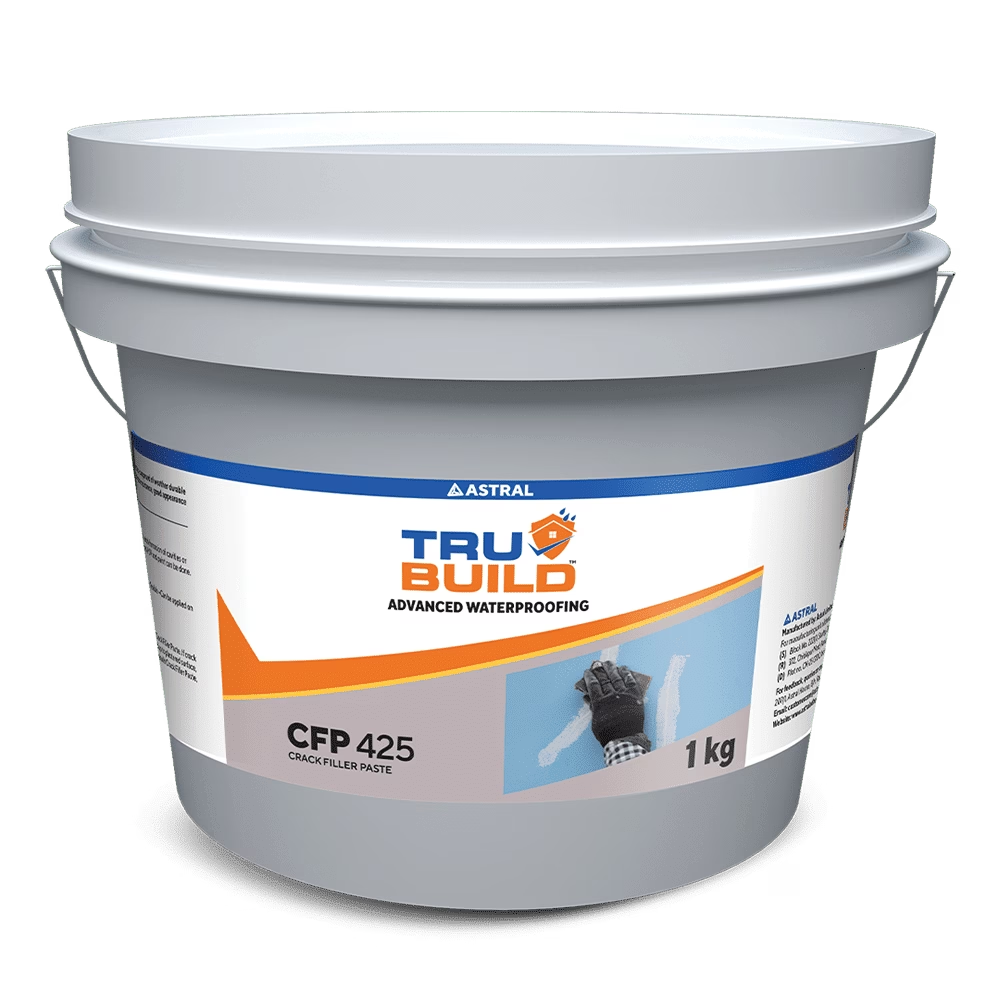



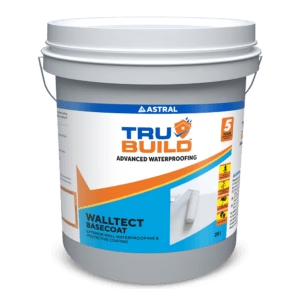
 Professional Sealants
Professional Sealants 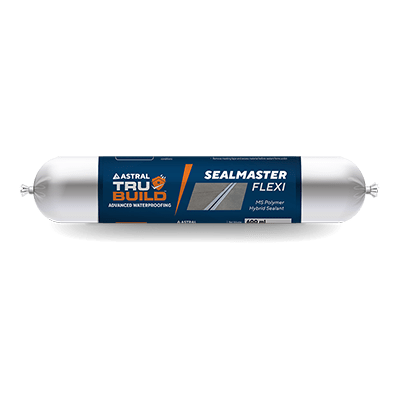
 Roof Waterproofing
Roof Waterproofing 

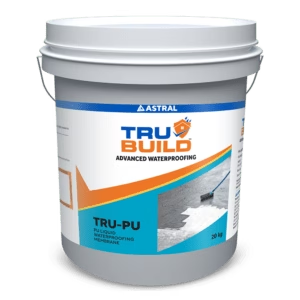


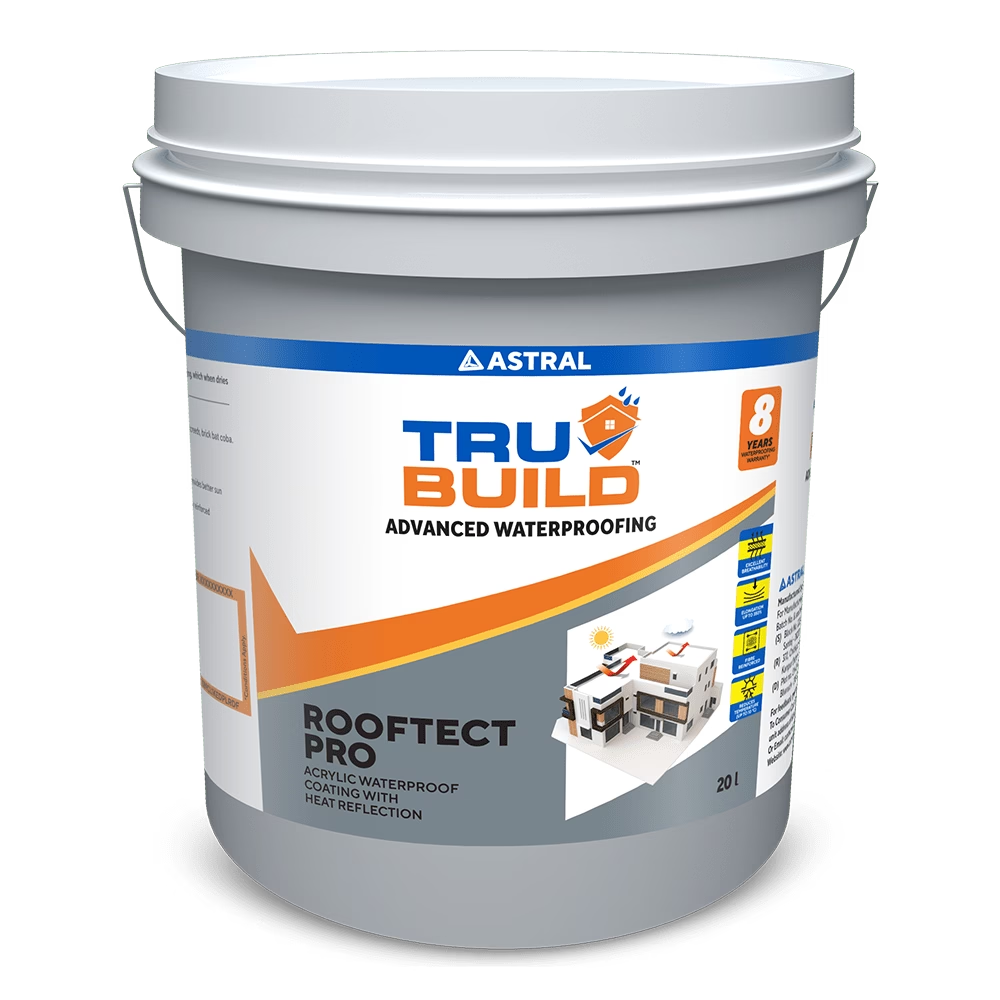

 Substructure Waterproofing
Substructure Waterproofing  Tiling and Grouting
Tiling and Grouting 
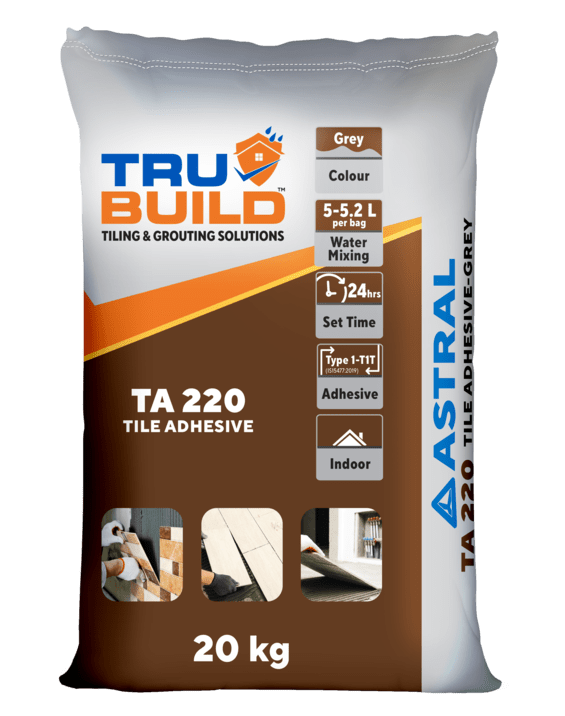

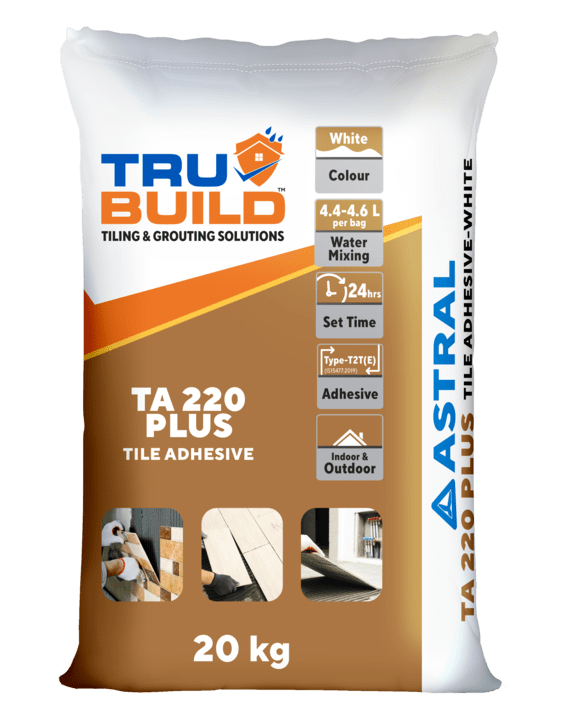


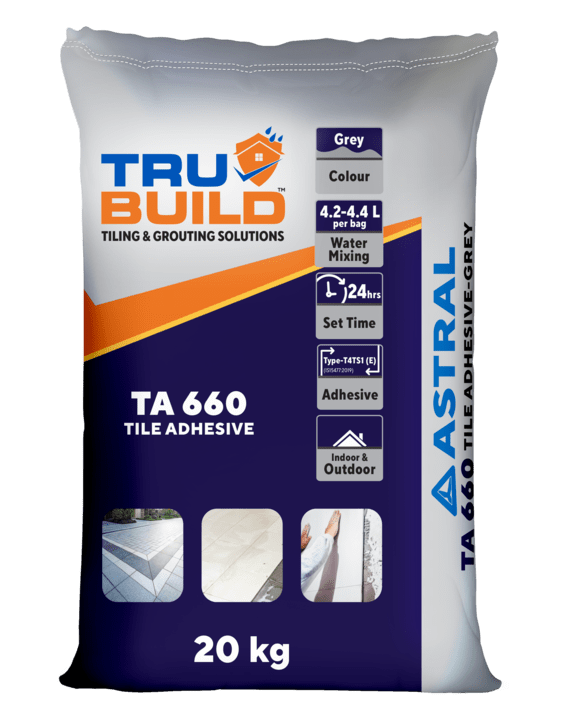
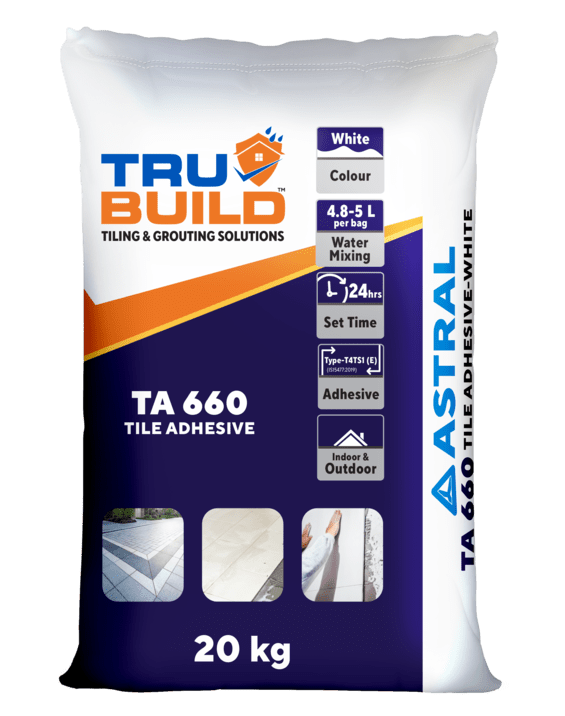

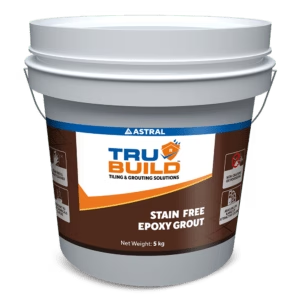

 Water Tanks and Other Areas
Water Tanks and Other Areas 